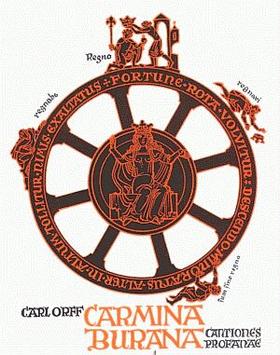Join the Concord Band as we celebrate our
57th season, presenting both old gems and
new works for symphonic concert band.
We embark on our 2015-2016 season voyage
with a program that presents a wide
range of original compositions and arrangements
for band, by composers born
between 1865 and 1932. The program includes
original works from the symphonic
wind ensemble repertoire and arrangements
of orchestral masterpieces.
Our Fall Concert,
Mystical Moments,
will be presented at 51 Walden, Concord’s
Performing Arts Center, on Saturday, October
24, 2015, at 8:00 PM. The concert
features music with programmatic undertones
penned by American and international
composers, and traverses a series of
mysterious and magical musical episodes.
Old Churches is one of many original
works by American-born composer
Michael
Colgrass, and is based on early
church music known as Gregorian Chant.
This mysterious monastic scene employs
moments of aleatoric chance techniques
(pitches played without rhythm at each
player’s discretion) and unison call and
response chant melodies.
Prelude and Dance of the Mystic Flames
is a setting for band by
William E. Rhoads
suggested by the piano preludes of Alexander
Scriabin. Paying a nod to Scriabin’s
interest in mysticism, the arrangement for
band captures the lush and complex harmonic
sonorities and dissonant musical
system of the original Scriabin piano preludes,
opening with a slow and majestic
Andante, and concluding with a brisk and
furious Allegro.
German-born composer
Carl Orff is
widely known not only for his musical output,
but also for his internationally-recognized and revolutionary music education
method that continues to be employed by
music educators around the globe. In the
original score of
Carmina Burana, one of
the most exciting works of the 20th century,
the subtitle reads “Profane songs for singers
and vocal chorus with instruments and
magical pictures”. John Krance’s arrangement
for band fully incorporates the vocal
parts into the concert band instrumentation
and authentically preserves the emotional
and musical intent of the original orchestral/
vocal setting. Originally consisting of twenty-
five sections, this arrangement includes
thirteen, about which Krance writes, “The
work begins and ends depicting the crushing
anguish of the victims of Fortune’s ruthless
wheel (O Fortuna, Fortuna Imperatrix
Mundi); the remaining sections are devoted
to the joys of spring and nature, the pleasures
of the tavern and the gaming table, the
delights of love, the irony of fate”.


